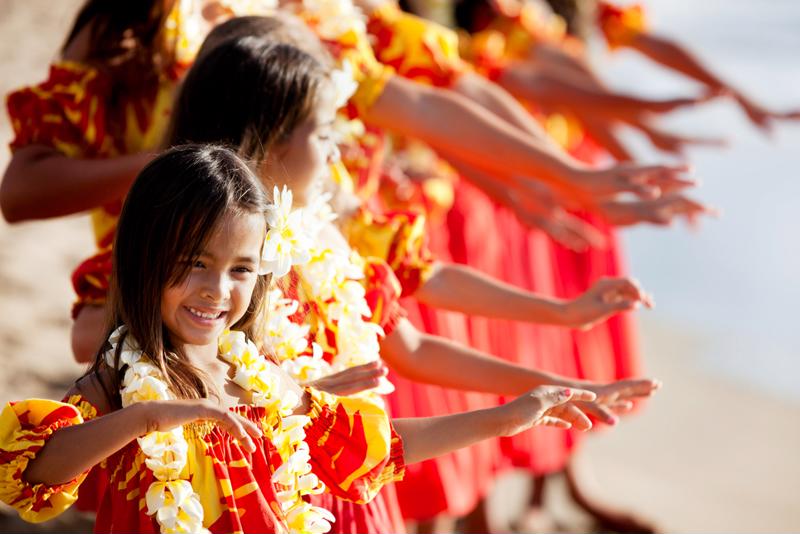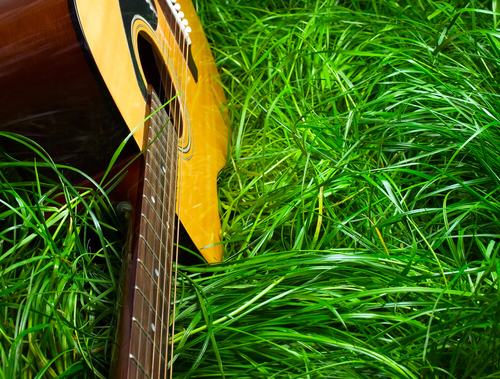Music is one of the most defining cultural traditions for any location. Musical styles are developed over centuries, as musicians with different skills and playing methods come together and share their knowledge. Something new and wonderful is born of this mutual exchange, and that is particularly true in Hawaii. The blend of cultures that has defined these islands has also shaped the songs and compositions that have been made there. Here’s a quick overview of Hawaiian music history:
Native Hawaiian music
Native Hawaiians used music to honor something. The subject of the celebration could be nature, the gods or just general exuberance for life – music and dance were a way for the community to spend time together. As far as the music itself was concerned, Native Hawaiian music was mainly done through chants. There were two main types of chanting – mele oli, which had no accompanying music, and mele hula, which often featured drums or other instruments. As you might have guessed, the latter also included dancing, and is the historical root of modern hula.

Outside influences
In the 1800s, people from around the world began coming to Hawaii. Musicians found each other, and in short order western musicians were swapping tips and styles with the Hawaiians. Slowly but surely, a new form of music was being born.
Mexican cowboys were perhaps the most influential of all outside forces on Hawaiian music. When they came to the islands, they brought their guitars with them. The Spanish style of guitar had an incredible impact on the musical scene on the islands. Instrumentalists began developing their own guitar tunings – the trend was to loosen some of the strings, so the same instrument could be used for both bass and melody. This tuning style became known as the slack-key guitar method, and it has been a part of Hawaiian music ever since.
Another popular form of guitar playing that came out of this collaboration was Hawaiian steel string. A steel string guitar is played with a slide, which allows instrumentalists to glide from one note to the next while hitting all the tones in between. The relaxing and easygoing sound this method produces has become an iconic part of Hawaiian music.
Instruments
“The ukulele is perhaps the most well-known Hawaiian instrument. “
Of course, guitar is just one of the instruments Hawaiian musicians use to create that quintessential Hawaii sound. The ukulele, for example, is perhaps the most well-known Hawaiian instrument. Contrary to popular belief, however, this instrument was not in fact invented in Hawaii. Its roots can be found in a Portuguese instrument called the machete. The instrument was introduced to Hawaii in the late 19th century, and has been an integral part of Hawaiian music ever since.
In addition to stringed instruments, island performers also use plenty of percussive and wind instruments. The ipu and ipu heke are drums made from gourds, and the ili ili is a percussive instrument used by clicking two flat stones together. The native Hawaiians also created a nose flute called a ohe hano ihu, and they used conch shells to create long, resonant tones.
Music today
Travelers visiting Hawaii today are in for a treat, as over the years Hawaiian music has become something truly incredible. There are plenty of concerts and performances throughout the islands where you can hear slack-key and steel-string guitar, as well as incredible ukulele players and skilled percussionists. If you can, try to find a performance that also includes traditional hula dancing. Hula and Hawaiian music have influenced each other so deeply that it only makes sense to see them together.

